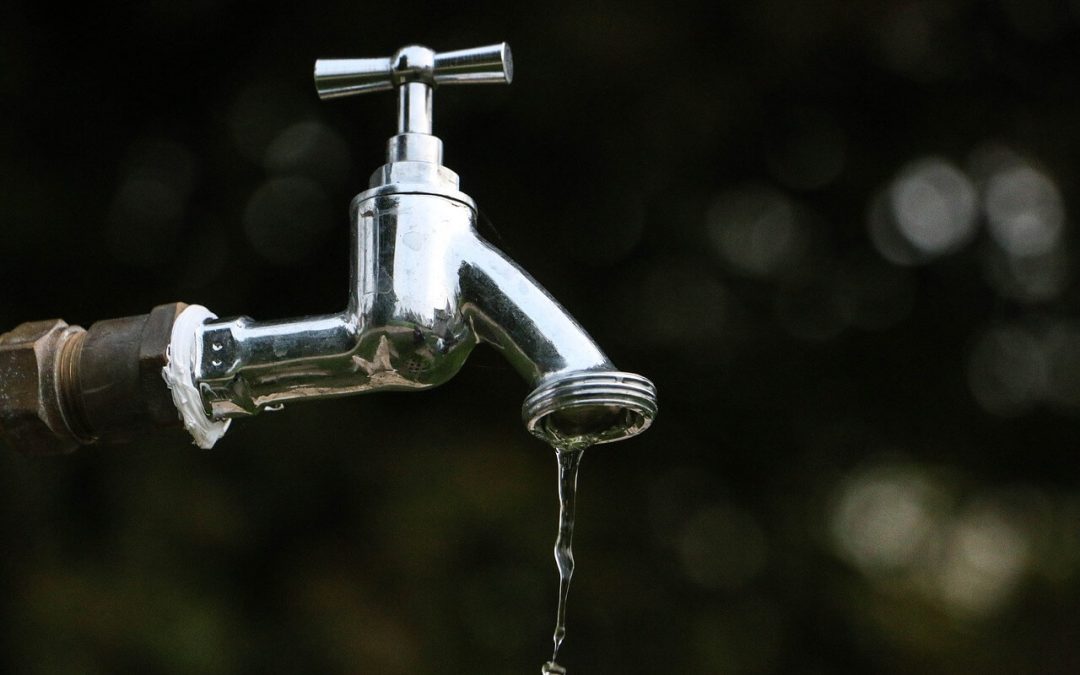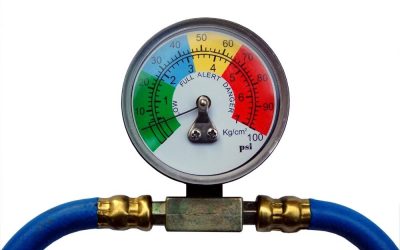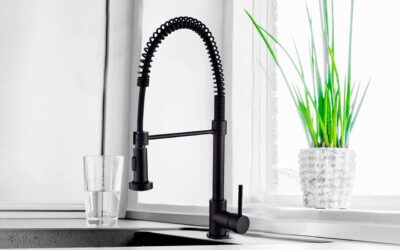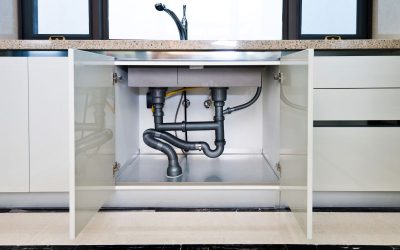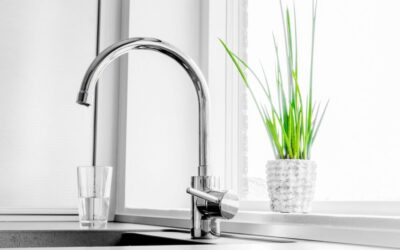Have you ever turned on both taps in the kitchen or the bathroom and one is significantly less powerful than the other? This is a problem of selective low water pressure. Low water pressure in only one faucet can be a major annoyance.
It can be frustrating when trying to complete tasks such as washing up, cleaning, or running a bath. Low water pressure can waste time and money. Thankfully, there is often a reason behind it. There is also often a quick fix on how to repair low water pressure in the kitchen or bathroom.
So why does it happen? There are several reasons why you may have low water pressure in only one faucet and not the other. We will look at them below and also some potential solutions.
The Problem: A Blocked Aerator
A blocked aerator can be a pain. But it is fixable.
An aerator is the part of the faucet that looks like a tiny sieve. It essentially forces air through the water source. It helps reduce the water flow to minimize water wastage. It can also become blocked by limescale, debris, and general sink waste.
When it becomes blocked, the water flow may reduce to poor levels. This ultimately results in a blockage which causes lower pressure in one faucet.
Thankfully, when this happens, there is often an easy fix to the blockage.
How to fix the problem
There are a few ways that you can fix the problem of a blocked aerator.
1. Remove the Aerator Completely
An aerator is a non-essential part of a faucet. Though it can save you money on your water bill, it doesn’t need to be there. The faucet can function without it. Removing it when it becomes blocked should return the water pressure to normal levels of functionality.
2. Use Vinegar
Vinegar is a staple of many household cupboards. It is common ingredient for lots of different cleaning problems. A blocked aerator is no exception. You can soak the blockage with vinegar. This will target any minerals from a limescale build up and other sources, and dissolve them.
Soak for a few hours, and test. If the pressure is still low, re-soak the aerator and repeat the process. Hopefully, this will solve the problem.
You will need to remove the aerator first. This can be achieved by hand. If the aerator is being stubborn and you need some extra help, a pair of pliers will do the trick too.
3. Take It Apart
If you choose to go down this route, it’s important to take notes and even pictures. Make sure you pay attention to what piece goes where. That way, you won’t be stumped when it comes to putting the aerator back together again.
As with all types of filters, they can get clogged up from the inside out. Taking the various pieces apart can help you see if there is a problem with the aerator itself. They are small things, and therefore you will need small tools. A toothpick, for example, would be a perfect way to unclog anything that shouldn’t be in there.
The Problem: A Blocked Faucet
Sometimes, it is the faucet itself that has the blockage. This can be anything from minerals to food that has become wedged and lodged in there. When there is a blockage in the faucet, water has to work extremely hard to flow around it. Water can become slower because it can’t get through as efficiently.
In order to get the low water pressure back to normal, you have to remove the blockage.
How to Fix The Problem
First and foremost, pinpoint the blockage. You may need to remove the aerator (see above), to get to the inside of the faucet. This is easy enough.
After you have open access to the faucet, it’s time to dig around. A spoon end, screwdriver, small spanner. These are all good options to dig around with. Preferably, you should use something solid and sturdy. There is a risk with wooden objects, such as toothpicks, that they will break inside the faucet and cause further obstruction and damage.
If there is a blockage, you should be able to feel it pretty easily. Now it’s time to remove it. You can use tweezers, pliers, a knife; anything small and steady enough to ease out the debris.
The Problem: Old Faucet, Old Pipes
Sometimes, unfortunately, age is the problem. If your faucet and pipes are old they will have naturally degraded over time. The water pressure may be low on one side because that side is in need of replacing. This can add up cost wise and may require professional input. Especially if it is the pipes that are the problem.
Thankfully, it’s more likely to be the faucet itself. Rust and limescale build up that is left untreated and untamed can be detrimental. If cleaning hasn’t worked, and the water pressure is still low, there aren’t many other options.
How to Fix
This is a self-explanatory problem. The only way to fix old faucets is by replacing them. The same goes for old pipes. Generally, when new pipes are installed, or just a new faucet, the water pressure should return to normal. Though you may want to explore other options first, to save on cost and time.
Final Thoughts
Low water pressure in only one faucet is a cause for concern. However, it doesn’t always mean major maintenance. There are little tricks and tweaks that can be applied to try and get the water pressure back to normal.
That might be as simple as cleaning the aerator or even just removing a blockage from a faucet.
In most cases, that will be the problem solved. Expect water pressure to return to normal.
Sometimes, you will need to replace the kitchen faucet (or whatever faucet that has the issue) in order to return the water pressure to normal. Though, it is worth exploring all the options before doing this, as it will be a more expensive investment.
To save yourself, contact a plumber for faucet repairs and replacement. In that way, you can assure that your issue would be resolved with out the hassle and the unnecessary expenses.

